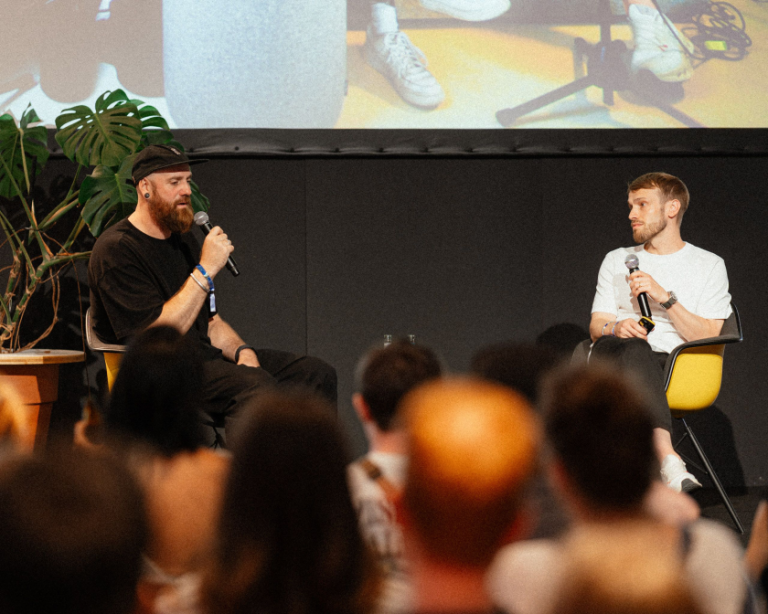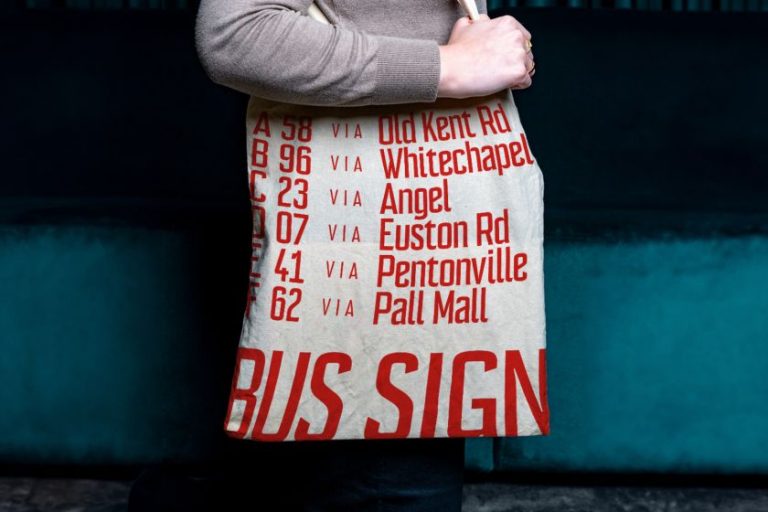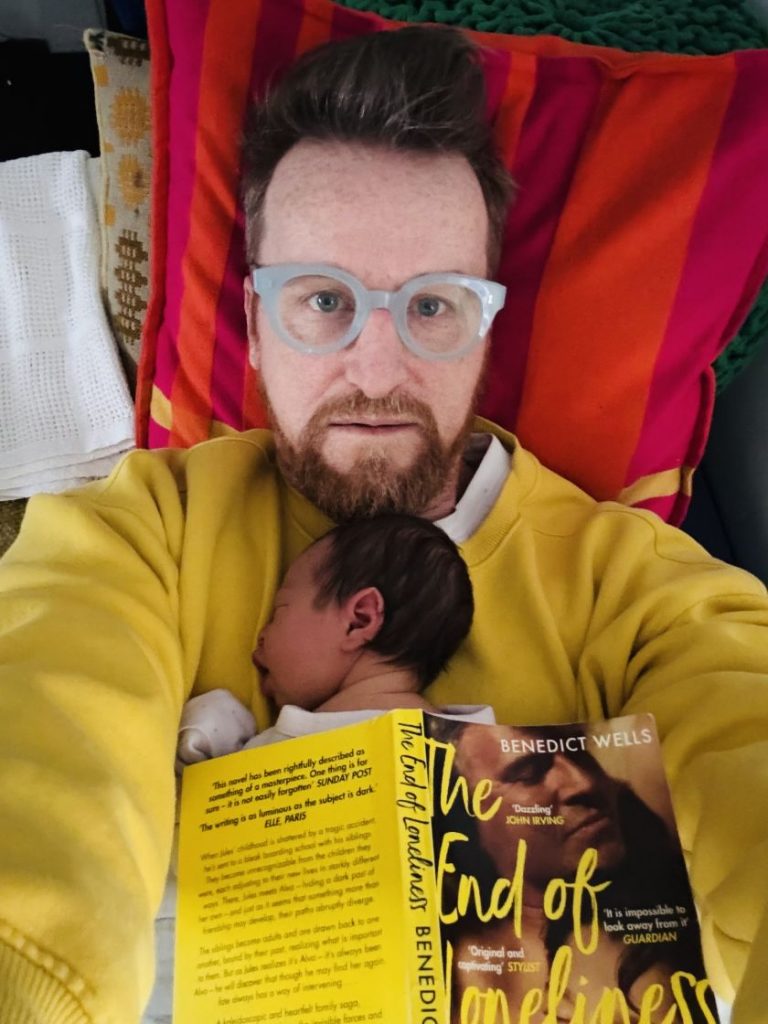Photography by Andrew Timms
Be Flare Lighting and production designer Louis Oliver reveal how they teamed up with Jared Leto to create a striking new visual production for 30 Seconds to Mars’ 2024 world tour.
As rock legends 30 Seconds to Mars took the stage of London’s O2 arena earlier this week, fans were greeted with an audacious and visually striking new production, unlike anything they’d seen before.
At its centre was a colossal, minimalist pyramid, resembling the band’s iconic logo and framing its members in a bold, contemporary design aesthetic. This ambitious new visual concept was the brainchild of UK design studio Flare Lighting and production designer Louis Oliver. They developed it in close partnership closely with Jared Leto, the Oscar-winning actor and lead singer of 30 Seconds to Mars, to bring his vision to life.
Having experienced this epic show in person, I was keen to discover how it came into being. So I sat down with Ben Cash, director and co-founder of Flare Lighting, and Louis Oliver to find out more.
Two week turnaround
The first surprise is that Ben and Louis were given only two weeks to deliver a show that would fill arenas for the band’s 2024 Seasons World Tour. “It was quite an undertaking to create a world tour in that amount of time,” admits Ben.
And just to be clear, this wasn’t a scenario where Ben and Louis were given time to come up with a concept and then two weeks to build it. They literally just had two weeks for the whole creative process, from ideation to delivery.
The two industry veterans, though, are keen to see the positive side. “It was actually a really good way of focusing our minds,” smiles Ben. “So we started by throwing around a few ideas. But we didn’t really have time to present many ideas to the band. So we just went with the one we thought was the strongest.”
That concept involved centring the staging around a giant pyramid. This was inspired by the band’s logo, which looks like a letter A with a line added at the bottom or a triangle divided into two sections. Ambient video would appear inside this colourfully lit pyramid frame, while on each side of the stage, two large screens would spotlight different band members during the show.
Creative Process
Louis takes up the story. “The first thing I sent Ben on day one was what you’d consider a napkin sketch,” he explains. “It was basically the band’s logo with ‘Stage’ written in the bottom half, ‘Screen’ written in the triangle bit and then some lines drawn on either side,” Louis recalls. “What emerged was a slight reduction of that initial sketch, but its fundamental elements stayed in place.”
In developing the design, Ben and Louis were influenced by the renowned American artist James Turrell, of whom Jared Leto is a big fan. It aimed to take the audience on an immersive journey through the band’s storied career since its founding in 1998.
“After that napkin sketch, Ben and I spent an afternoon experimenting in a CAD tool called Vector Works, playing around with shapes,” says Louis. “We then took these into a piece of software called Depence, which has come into our world relatively recently.”
“Depence is really handy for playing around with things like lighting,” enthuses Ben. “You can just drop lights in and see how they look; it’s an experimental bucket of fun. Then, we honed the design to give it a more realistic look. It was still quite conceptual, but in a position where it could be presented to the band.”
From there, they took feedback and incorporated it into the designs. The next stage was to hand it over to Flare’s draftspeople. Members of this specialist team then took what was essentially a creative-based design and started going into the practical details required for executing a show.
Ben and Louis were able to move around a virtual arena space and see what the design would be like from all angles with the lights. “We’re very mindful of everyone having a good experience wherever they’re seated,” Ben stresses.
Alright on the night
I can vouch for Ben on that score because I got to be one of those lucky people at the O2 Arena on Monday 4 June. And I certainly had a good experience. A pretty fantastic one, actually.
The band was on top form, and Jared’s larger-than-life personality and heartfelt persona came to the fore, elevating the experience from just watching a performance to feeling like you were taking part in something special.
Many audience members even got up close and personal with the charismatic singer, who invited dozens on stage to sing and dance with him. At one point, he roamed the crowds freely, with zero security in tow. This is a man who really trusts his fans.
However, there was another reason this show felt a little different, which some might not have noticed at the time. “We decided early on that we’d like to do something bold and a bit different,” explains Ben. “And one of those things was not having any overhead lighting. It was a creative challenge and restraint that we put on ourselves: let’s see if we can create the whole show without anything hanging over the top of the band.”
The resulting look was dramatic and purposeful, helping to keep the audience’s eyes focused on the performers rather than an OTT light show. As Ben puts it, “Everything was there for a reason. It was very focused: we’d condensed our ideas down to: ‘This is what we need for this track’.”
“Where the design began, we were looking at this big, great floor that was 100% underlit, leaning much more into that James Turrell world,” says Louis. “And where the show ended up is something a little bit more unique to the artist, but still leaning on some of those light and space styles throughout the set.”
Elsewhere, pyrotechnics were used to punctuate the most dramatic and cathartic moments of the show, but they didn’t dominate. “It was more about icing on the cake, bringing in those effects as accents rather than driving the whole show,” says Ben.
The most striking pyro effects were controlled by the singer himself, who wielded a flamethrower on stage. It may have looked chaotic, but Ben and Louis stressed that this was all planned carefully in advance, with safety being paramount.
Such an audacious stunt was a typical example of the frontman’s creative vision, which Ben and Louis relished bringing to life. “Jared has lots of ideas for stunts and gags he wants to try, and we’re happy to be on that journey,” enthuses Louis. “It’s so refreshing to have an engaged artist who wants to push boundaries and try completely different things. That’s right up our street as designers.”
Instant masterpiece
On the night, the pyramid Ben and Louis had designed felt like an instant masterpiece, balancing a clean, minimalist aesthetic with moments of vibrant, evocative colour gradients. It was like the perfect framing for the ambient video scenes, which felt epic but in a way that complemented the band’s performance rather than dominating it. And that was no accident.
“We’re always of the mind that if just you put a big TV screen there, everyone’s eyes just get drawn to it, just like they do in a pub,” says Ben. “But we’re there to enhance the band’s performance, not to distract. The visual content is never there to say ‘look at me’; it’s there to amplify and support.”
Along with these atmospheric, branded visual motifs, the pyramid showcased nostalgic clips pulled from the band’s archive. “Jared really wanted to use many of their old music videos,” says Louis. “So we took that material and carefully edited it to fit within our triangle confines.”
Again, though, while the pyramid commanded attention, it didn’t dominate. Overall, the full visual production synthesised videography, lighting, pyrotechnics, confetti and other effects into an immersive total package that was more than the sum of its parts.
As Ben emphasises, “It’s not about looking at the lights or the pyrotechnics individually. It’s about us making a joined-up, coherent augmentation of the band and their performance.”
Spirit of Collaboration
Ultimately, an open spirit of collaboration between the band and the visual team was central to realising such an ambitious, cohesive production. “It was really nice to have Jared so informed and hands-on, able to express his tastes and ideas in a way we could all understand,” says Ben. “As a creative professional himself, he knows how to communicate that vision.”
The designers also benefited from the performers’ inherent sense of staging and camera work as an A-list movie actor. As Louis reveals, “You’ll see Jared notice if he’s missed a light cue and will just backtrack into the right spot seamlessly. He knows where the lights are and where he needs to be.”
That symbiotic creative exchange between visionary artists and visual artisans resulted in a tour de force production that resonated with fans and critics alike. By fusing the eternal spectacle of rock performance with the avant-garde spirit of contemporary art and design, 30 Seconds to Mars quite literally illuminated new frontiers of concert presentation.










